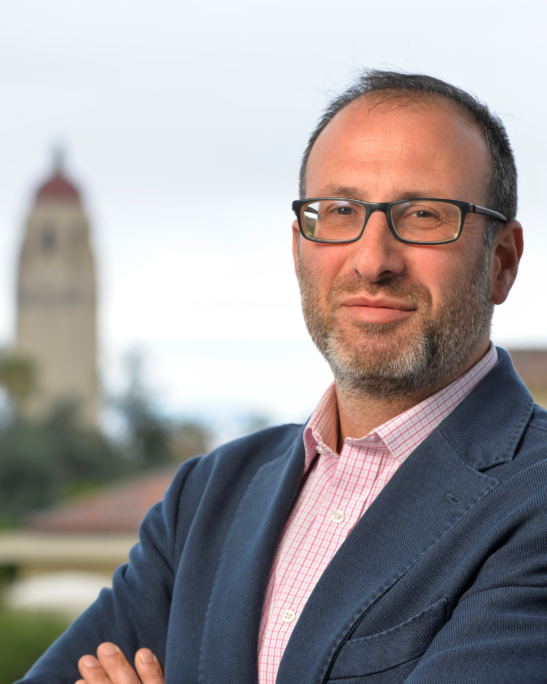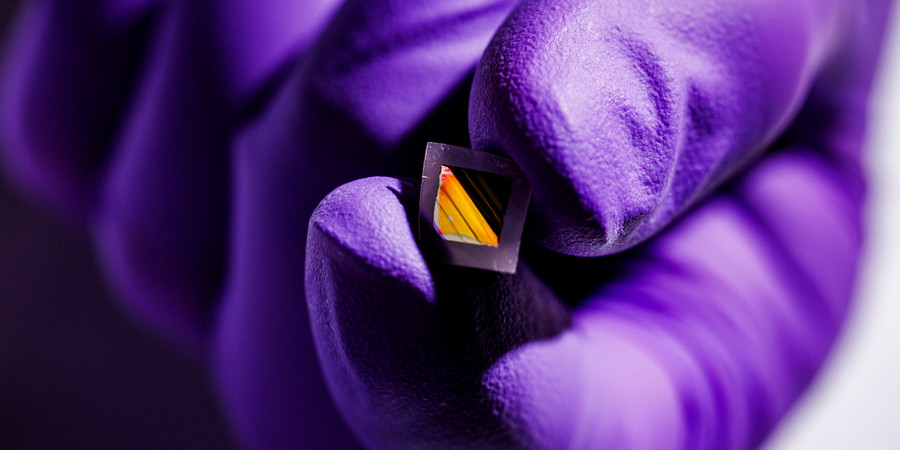Wednesday, September 15, 2021 | 1 pm ET
Speaker: Alberto Salleo, Stanford University
Organic semiconductors have been traditionally developed for making low-cost and flexible transistors, solar cells and light-emitting diodes. In the last few years, emerging applications in energy storage, health care and bioelectronics have been proposed. A particularly interesting class of materials in this application area takes advantage of mixed ionic and electronic conduction in certain semiconducting polymers. Indeed, the ability to transduce ionic fluxes into electrical currents is useful when interacting with living matter or bodily fluids. My presentation will first discuss the basic aspects of how mixed conduction works in polymeric materials and then quickly showcase a few examples of their use in my group in biosensors and for energy storage. I will then focus my talk on the use of these materials in electrochemical artificial synapses, a new device with promising applications in neuromorphic computing. This electrochemical RAM (ECRAM) is suitable for analog accelerators and shows fast (<100 ns) switching, high endurance (>109 operations) and linearity, being thus attractive for parallel operation. Our organic neuromorphic device works by combining transport by two fundamental charges: protons and electrons. Finally, I will show how it can be integrated with living matter in a simple example of biohybrid synapse.
Speaker Bio: Alberto Salleo
Department of Materials Science and Engineering, Stanford University
Alberto Salleo is currently Professor of Materials Science and Department Chair at Stanford University. Alberto Salleo holds a Laurea degree in Chemistry from La Sapienza and graduated as a Fulbright Fellow with a PhD in Materials Science from UC Berkeley in 2001. From 2001 to 2005 Salleo was first post-doctoral research fellow and successively member of research staff at Xerox Palo Alto Research Center. In 2005 Salleo joined the Materials Science and Engineering Department at Stanford as an Assistant Professor in 2006. Salleo is a Principal Editor of MRS Communications since 2011.While at Stanford, Salleo won the NSF Career Award, the 3M Untenured Faculty Award, the SPIE Early Career Award, the Tau Beta Pi Excellence in Undergraduate Teaching Award, and the Gores Award for Excellence in Teaching, Stanford’s highest teaching award. He has been a Thomson Reuters Highly Cited Researcher since 2015, recognizing that he ranks in the top 1% cited researchers in his field.
For a list of all talks at the NanoBio Seminar Series Fall’21, see here
Explore
MIT Engineers Advance Toward a Fault-tolerant Quantum Computer
Adam Zewe | MIT News
Researchers achieved a type of coupling between artificial atoms and photons that could enable readout and processing of quantum information in a few nanoseconds.
III-Nitride Ferroelectrics for Integrated Low-Power and Extreme-Environment Memory
Monday, May 5, 2025 | 4:00 - 5:00pm ET
Hybrid
Zoom & MIT Campus
New Electronic “skin” could Enable Lightweight Night-vision Glasses
Jennifer Chu | MIT News
MIT engineers developed ultrathin electronic films that sense heat and other signals, and could reduce the bulk of conventional goggles and scopes.




